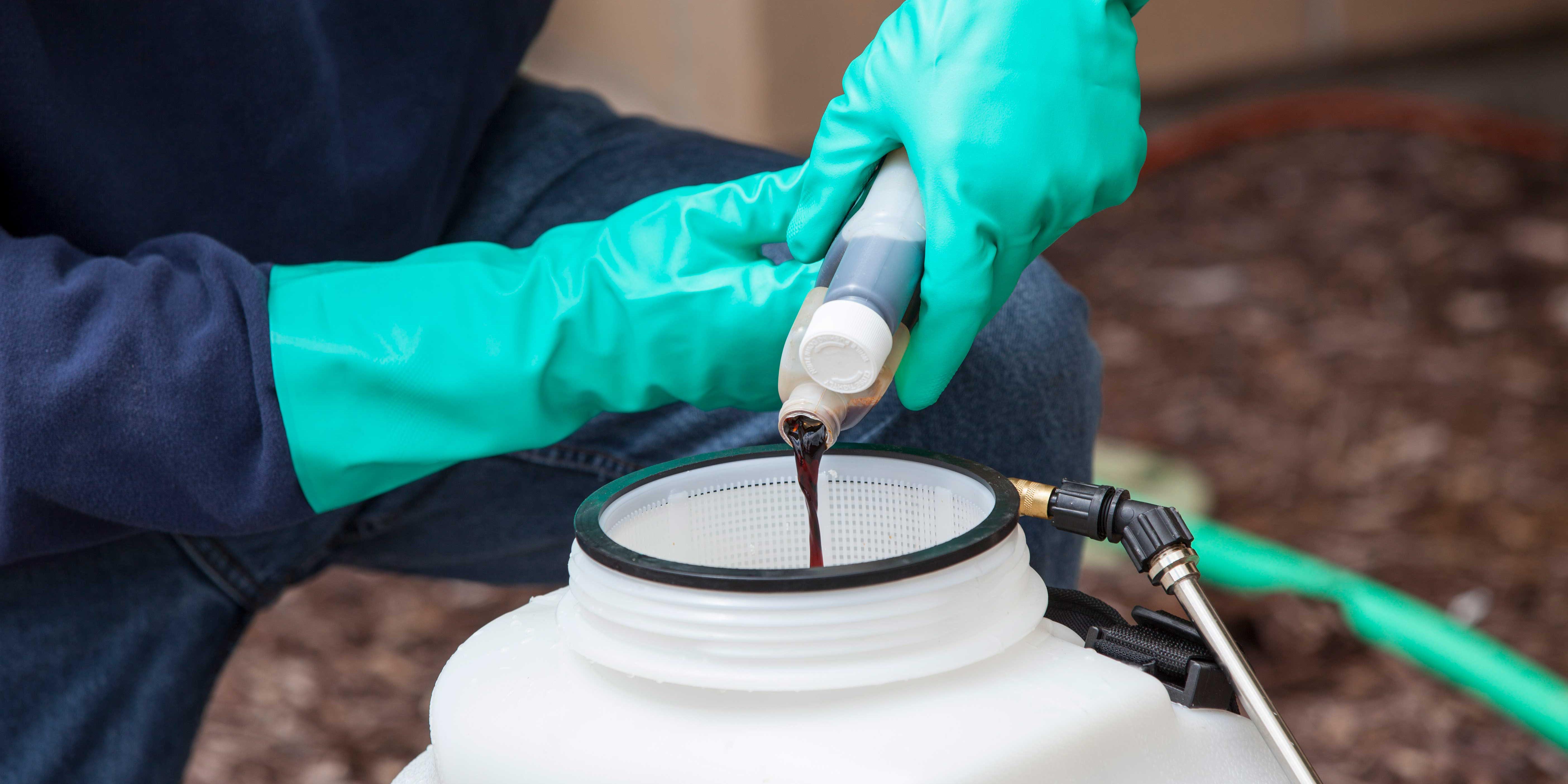The U.S. Environmental Protection Agency (EPA) has designated February as National Pesticide Safety Education Month. Many of Ewing’s customers work with or spend time around pesticides on a daily basis as part of the services they provide. In their business, it pays to be knowledgeable about the products they use and the problems they are trying to solve.
Understanding of the products should not stop at reading an application sheet. Each applicator should be well-versed and fully aware of all of the information on a pesticide label. Every individual involved should have solid knowledge of everything on the printed labeling.
Public perception of pesticides has been under the gun for a very long time. It is hard to turn on the television or the radio without hearing ads for litigation regarding glyphosate, but it doesn’t stop there. There have been other products that have carried around these same implications including 2,4-D, a widely used herbicide that controls broadleaf weeds that has been under scrutiny for decades.
Other materials have been stringently reduced to specific uses. Chlorpyrifos comes to mind while others have either been cancelled (diazinon, DDT, chlordane, and others). Still more active ingredients remain very close to cancellation, like carbaryl (Sevin), and great scrutiny surrounds any of the neonicotinoid materials, specifically imidacloprid.
Many of these products were considered crucial tools to pest management operations, some during days gone by and others currently. One of the critical components to keeping some of these materials available for use is the practice of pesticide safety. Eliminating spills, misapplications, and pesticide related exposure injuries will all help play a role in personal and environmental safety as well as reduced scrutiny.
It is of extreme importance that we all play our role in managing pesticide safety, and that starts with reading and understanding the label. That means reading the most updated version of the label. Changes can happen from year to year so just recalling product rates from the top of your head isn’t good enough.
Why? Because the label is the law, meaning that it is a legal document and applications, storage, and other practices made outside of the label recommendations can be punishable by law.
It is time to step up and be good environmental stewards and take pesticide safety seriously. There is much more information to be found on the EPA website.
As always, do not hesitate to reach out to myself or Pat Gross, Ewing’s Tech Team, for more clarity. Email me at klewis@ewingirrigation.com or call/text 480-669-8791. Email Pat at pgross@ewingirrigation.com or call/text 714-321-6101.




